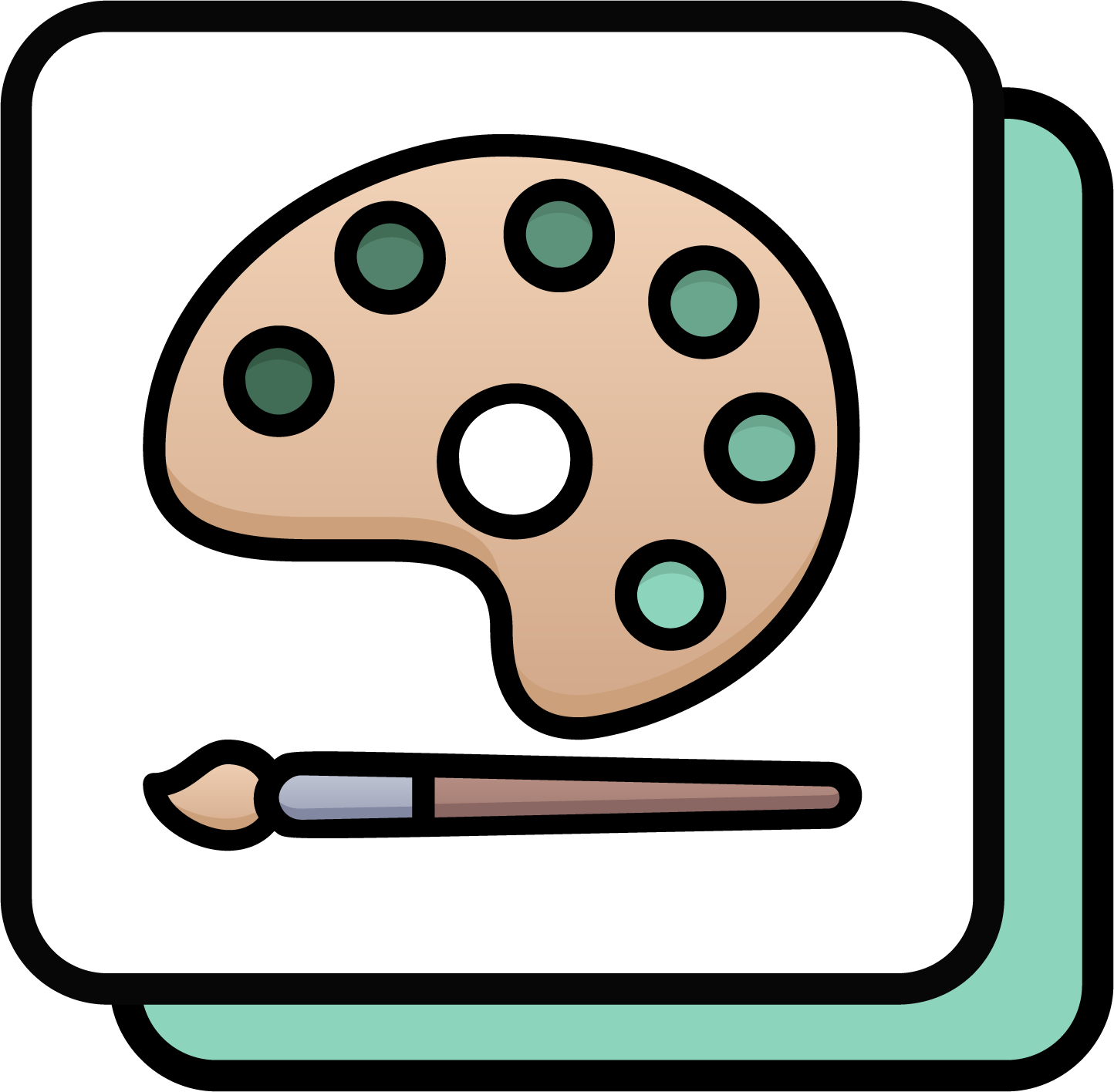SCREEN PRINTING

Application
Screen printing is suitable for printing on most fabrics, but the quality of the material affects the quality of the print. Thinner or lower quality fabrics (with more polyester) may absorb some of the dye, resulting in a duller print. When printing on fluffy surfaces, there is a risk that the print will be uneven, shaggy.
Screen printing can also be done on boxes, promotional items or other items.
Screen printing is usually chosen when there is a simple logo of one or just a few colors and large quantities of clothes are produced. For more complex, multi-colored designs or individual orders, other methods are more cost-effective.
Advantages:
- An efficient and relatively cheap way to produce large quantities of clothing with simple designs.
- High-quality printing is applied to most types of fabrics and other surfaces.
- One of the most durable printing methods.
- Glow-in-the-dark (UV) printing can be produced.
- A raised, soft (puff) press can be made.
- The finished garment has no pressing marks, so it is perfect for putting on the market.
Disadvantages:
- Preparation for production takes a lot of time.
- Lower detail is obtained than when produced by DTG or DTF methods.
- Each file requires a special web to be prepared for printing, so producing single designs or small quantities can be expensive. Network preparation rates are fixed.
- Not suitable for small volume production. (Usually produced from 30 pcs.)
- When producing more than one color, the paint will layer. There is a chance that the layers will not overlap perfectly and there will be an error.
- It is difficult, expensive or impossible to accurately produce multi-color complex designs (eg photographs).
- A prominent press is felt.
- Vector files are required.
- Not suitable for POD (Print on demand) production, as large advance quantities are produced and storage is required, as well as higher investment in goods.

File requirements
A quality vector file is required for production. Available formats: PDF, AI, EPS, SVG, CDR
Pantone CMYK color mode is required.
Texts must be skewed. Otherwise, the text displayed to the customer and the manufacturer may differ.
Production process
The main nuance of screen printing is the preparation of files and networks. Also, since large quantities are usually produced, there are larger orders in production. Due to these factors, under normal conditions (not during holidays), the production time is usually 1-3 weeks.
-
The vector file is prepared for the production of silk nets.
-
The network is selected according to the design and the material on which it will be pressed. The mesh is coated with a layer of light-regulating emulsion and then irradiated.
-
The emulsion is washed away and thus a network is created for production.
-
Clothes are prepared for the press and placed on the carousel.
-
Paints are prepared according to selected Pantone colors.
-
The dye is manually brushed through a mesh onto the garment. At this point, there is a chance for the garment to move, which may cause minor discrepancies later. Light colors or thicker garments require multiple layers.
-
The garment is placed in a conveyor oven and heated to a temperature of 150-170°C.
